What are the characteristics of wet planing? why do Indonesian Mantenin coffee beans use wet planing?
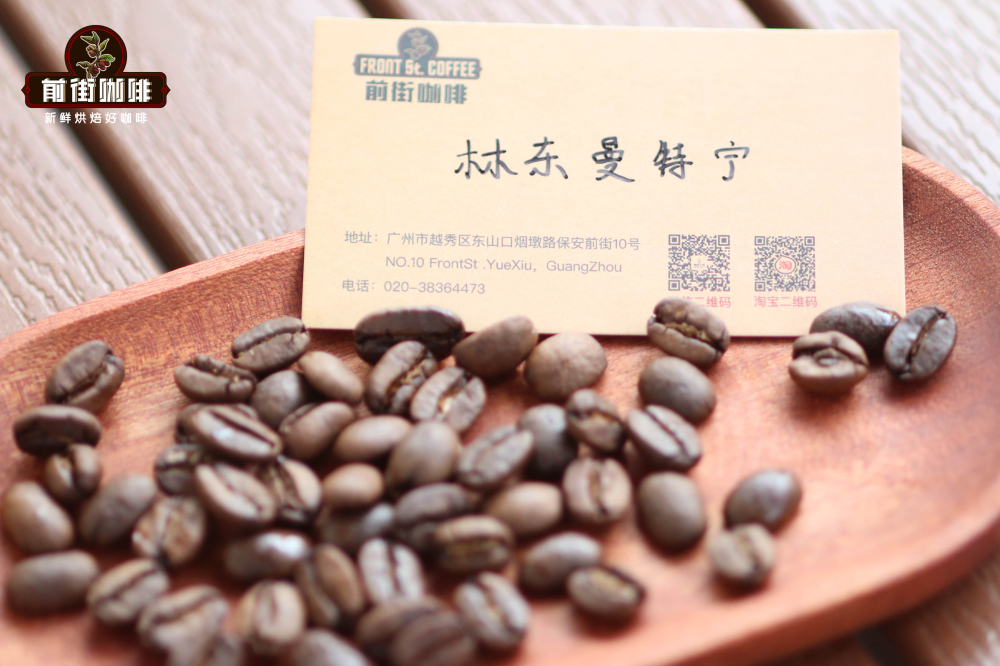
Professional coffee knowledge exchange more coffee bean information please follow the coffee workshop (Wechat official account cafe_style) more boutique coffee beans please add private Wechat Qianjie coffee, WeChat: qjcoffeex
What kind of treatment is the wet planing method? What is the specific procedure?
Wet planing, also known as wet shelling (Wet Hulling), also known as Giling Basah in the local language, is a traditional Indonesian coffee treatment. Judging from the name alone, the wet planing method is very similar to the wet treatment (washing). However, the cup flavor of the two treatments is very different. The coffee treated by the wet planing method is usually mellow and strong, with a very distinct personality.
Because there is a considerable space gap between parchment and raw beans, farmers reach the goal of drying raw beans for the first time.
When it has 40% water content, it is sold to the local recycling bin that buys wet sheepskin raw beans. In the process of recycling bin acquisition, some are packed in separate bags and some are mixed, so that the humidity of raw beans may be different. Or due to incomplete fermentation form, or still adhere to the parchment layer of partial mucus, partially dry state. However, when collecting raw beans, the quality will not be assessed, and they will be mixed and bagged together.
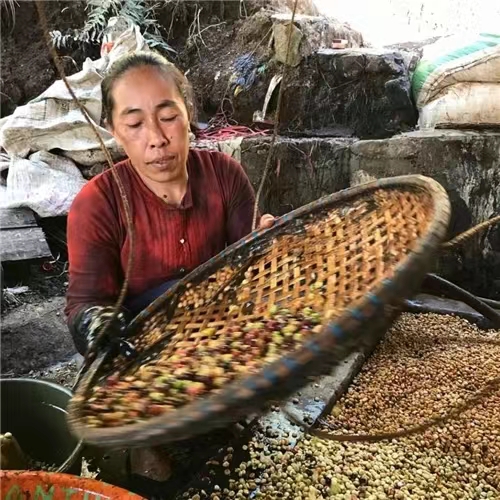
When the parchment is sun-dried for 2-3 days and the water content is 20-24%, it is processed by a specially made wet grinding machine. This machine uses a lot of friction to tear open the parchment layer clinging to the raw bean. At this stage, white or green mucus usually flows out of it. Due to long-term mucus soaking and humid environment, the raw bean is very soft, white, swollen and gray-green. After friction mixing, it is easy to be crushed or crushed, especially at both ends, forming a small gap. Causes horseshoe or bauhinia (locally known as kuku kambing).
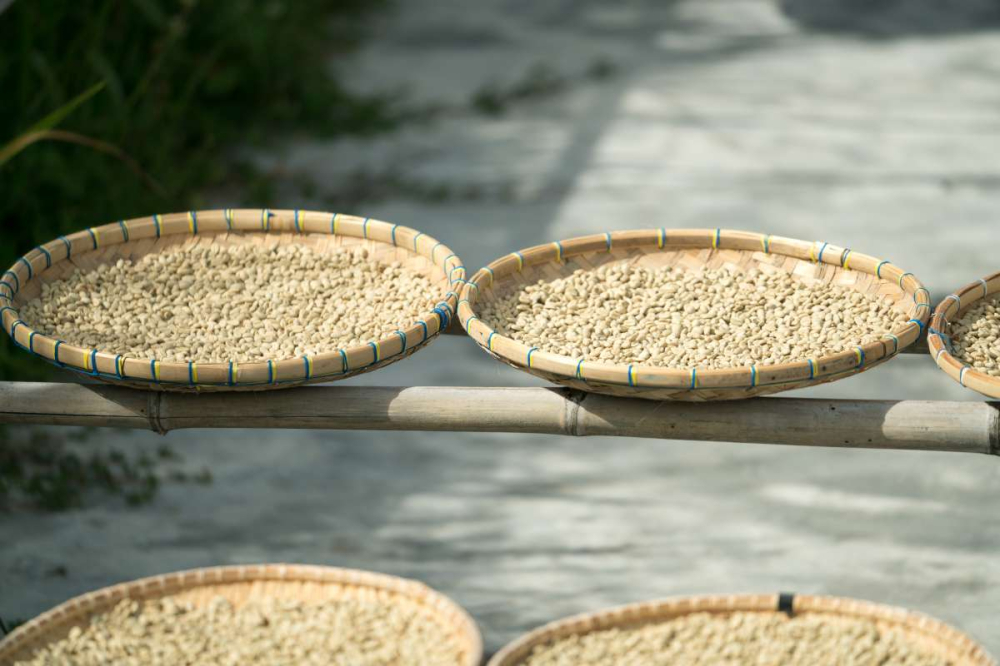
Before export, the peeled raw beans are placed directly on the patio, tarpaulin or road to dry. The raw beans without parchment dry quickly and eventually dry to 12-13%, when the raw beans are dark green or blue-gray. Then bag the raw beans and prepare them for export.
Without the protection of parchment, raw beans are directly exposed to the environment and may be affected by environmental molds, yeasts and bacteria. When directly exposed to the sun, the water evaporates quickly, causing the beans to dry unevenly with spots (which may further lead to inconsistent baking levels of raw beans during baking). Excessive calories during peeling can also lead to the rapid aging of coffee, causing us to often taste woody and earthy taste in Sumatran coffee.
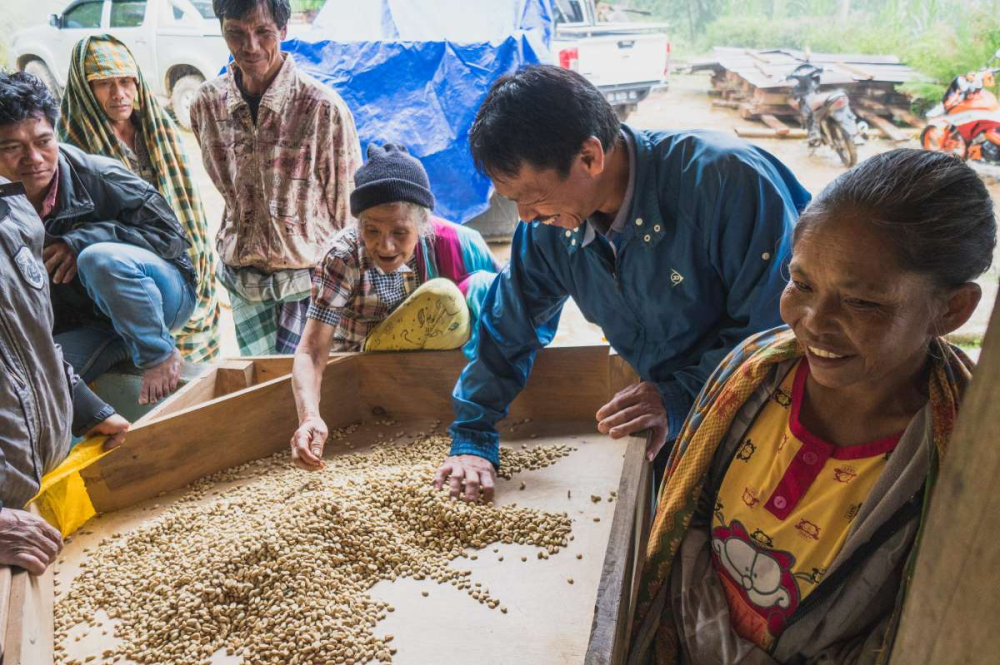
Steps of wet planing treatment
1. Remove peel and pulp and retain parchment and mucous membrane
two。 Pool fermentation
3. Wash off the mucous membrane
4. Sun-dried parchment for 2-3 days to 20-24% moisture content
5. Scrape off the parchment
6. Dry the raw beans to 12-13% of water content
7. Prepare for exit.
Why do you use wet planing?
Climatic reasons
The tradition of using wet planing in Indonesia starts with the local weather. Humidity in Indonesia is between 70 and 90 percent all year round, typhoons continue, and in some areas, annual rainfall can reach as much as 2000mm. You know, raw beans are most afraid of Rain Water. How did Indonesia overcome such bad weather conditions to produce rich and mellow Mantenin coffee? That is to rely on wet planing.
In tropical climates, coffee takes an average of 2-3 weeks to dry. In such a humid climate in Indonesia, dry coffee has become a big problem. Coffee must take longer to dry, during which time the coffee still maintains a high humidity, making it easier for bacteria to soak into raw coffee beans. In the process of ordinary washing, the drying process is carried out with parchment to protect raw beans from external damage to a certain extent. However, we can note that the wet planing removes the parchment for the final step of drying, so that the sun shines directly on the surface of the raw beans, causing the coffee beans to dry quickly, 2-3 times faster than washing.
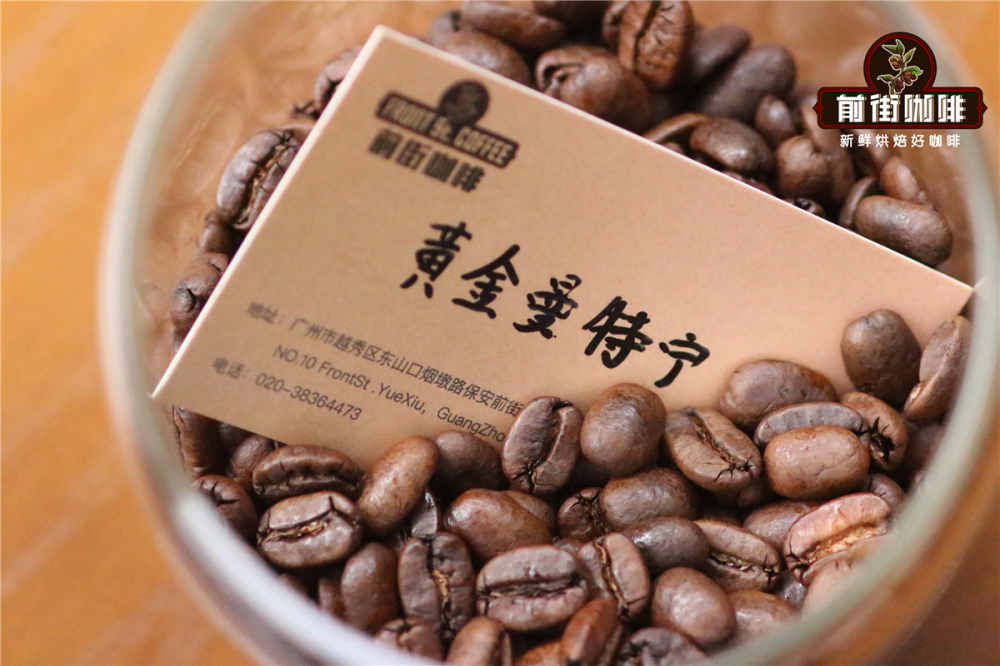
Important Notice :
前街咖啡 FrontStreet Coffee has moved to new addredd:
FrontStreet Coffee Address: 315,Donghua East Road,GuangZhou
Tel:020 38364473
- Prev

Coffee solarization is the oldest and most primitive treatment of coffee beans.
Professional coffee knowledge exchange More coffee bean information Please pay attention to coffee workshop (Weixin Official Accounts cafe_style) Dry process/Natural method Sunlight method is the oldest and most primitive treatment method of coffee beans. More than a thousand years ago, Arabs treated coffee this way. is to place the harvested coffee cherries on the terrace and expose them to direct sunlight
- Next

How to treat the acid in coffee correctly? Where does the acid in coffee come from?
Why coffee acid substances objectively exist in coffee beans, coffee beans contain sour ingredients such as citric acid, malic acid, phosphoric acid and so on, but this is not the main sour taste we feel when drinking coffee. The sour taste we taste mainly comes from the acid produced in the baking process. Generally speaking, the lower the roasting degree of coffee is, the more sour it is, while many of the coffee is roasted more deeply.
Related
- Beginners will see the "Coffee pull flower" guide!
- What is the difference between ice blog purified milk and ordinary milk coffee?
- Why is the Philippines the largest producer of crops in Liberia?
- For coffee extraction, should the fine powder be retained?
- How does extracted espresso fill pressed powder? How much strength does it take to press the powder?
- How to make jasmine cold extract coffee? Is the jasmine + latte good?
- Will this little toy really make the coffee taste better? How does Lily Drip affect coffee extraction?
- Will the action of slapping the filter cup also affect coffee extraction?
- What's the difference between powder-to-water ratio and powder-to-liquid ratio?
- What is the Ethiopian local species? What does it have to do with Heirloom native species?

